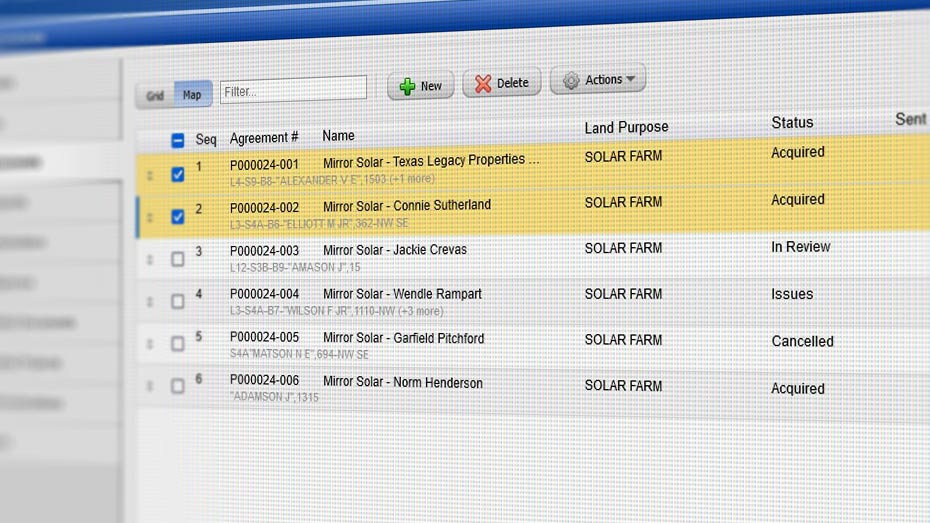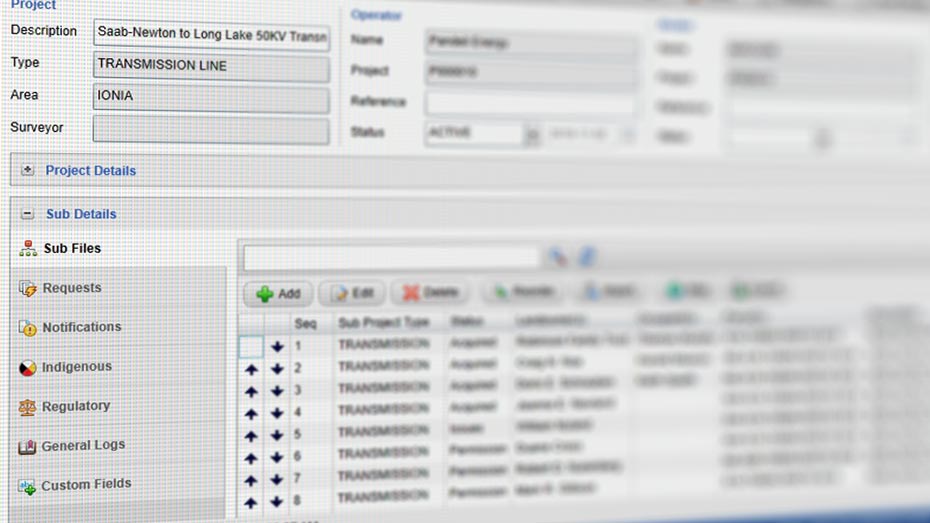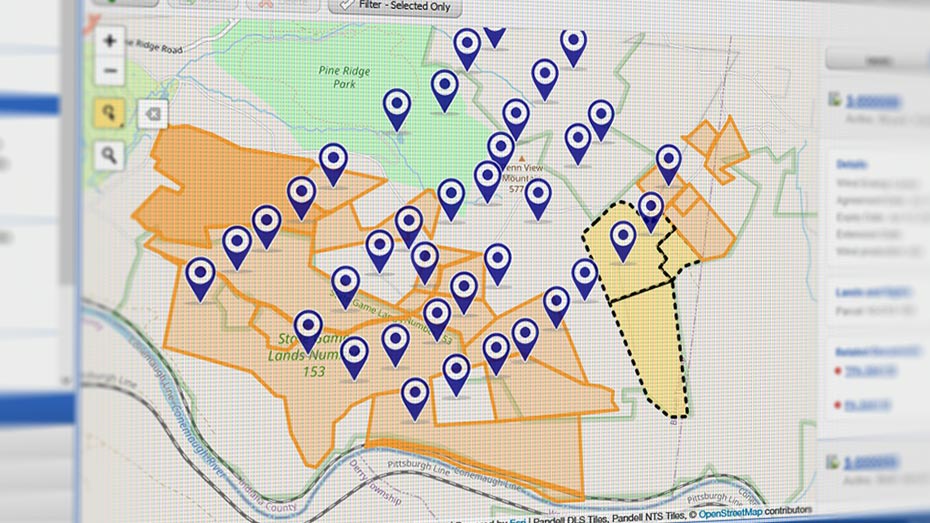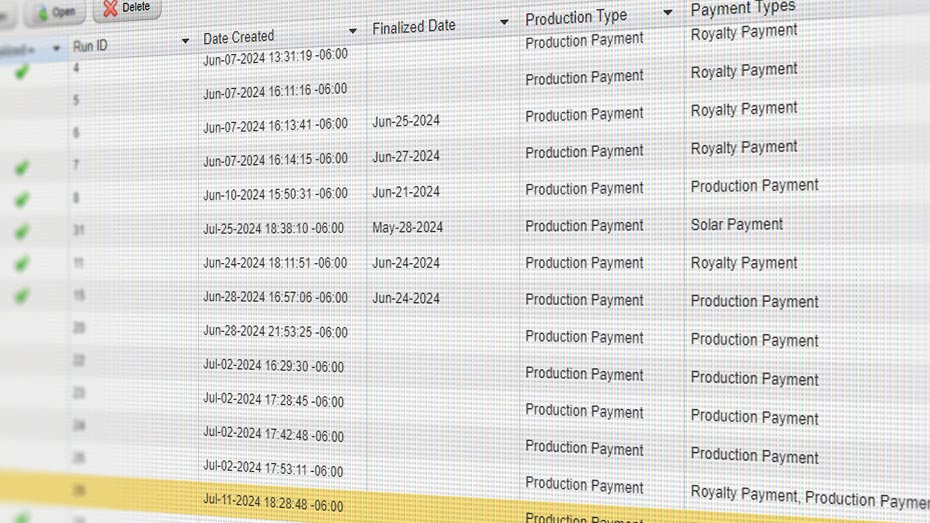Digital workflows are essential for energy companies as they manage both land and finance aspects of their operations. These workflows automate, streamline, and integrate key processes, improving efficiency, accuracy, and decision-making across departments. Here are 5 key ways digital workflows help energy companies manage land and finance effectively:
Conclusion
By automating, integrating, and streamlining workflows for both land management and financial processes, digital workflows offer energy companies several advantages, including:
- Efficiency gains: Reducing manual work and administrative overhead, allowing teams to focus on high-value tasks.
- Financial accuracy: Ensuring that financial data related to land is recorded, tracked, and reported accurately in real-time.
- Cost control: Helping finance teams manage land acquisition costs, ongoing expenses, and investments more effectively.
- Risk mitigation: Identifying and addressing potential risks in land acquisition or development projects early on, minimizing financial exposure.
- Better decision-making: Providing real-time insights into both land and financial data, enabling smarter strategic decisions.
By leveraging digital workflows, energy companies can not only optimize their land management but also align financial planning with operational strategies, ensuring a more streamlined and profitable operation.
For over 25 years, Pandell has been crafting digital workflow solutions to help energy companies drive greater efficiency for their land and finance teams.
About Pandell & Whitestar
Pandell and Whitestar provide a full suite of financial and land acquisition, management, and geospatial data solutions that enable renewables, utilities, natural resources, and pipeline companies to efficiently plan, track and manage their business operations more efficiently.








